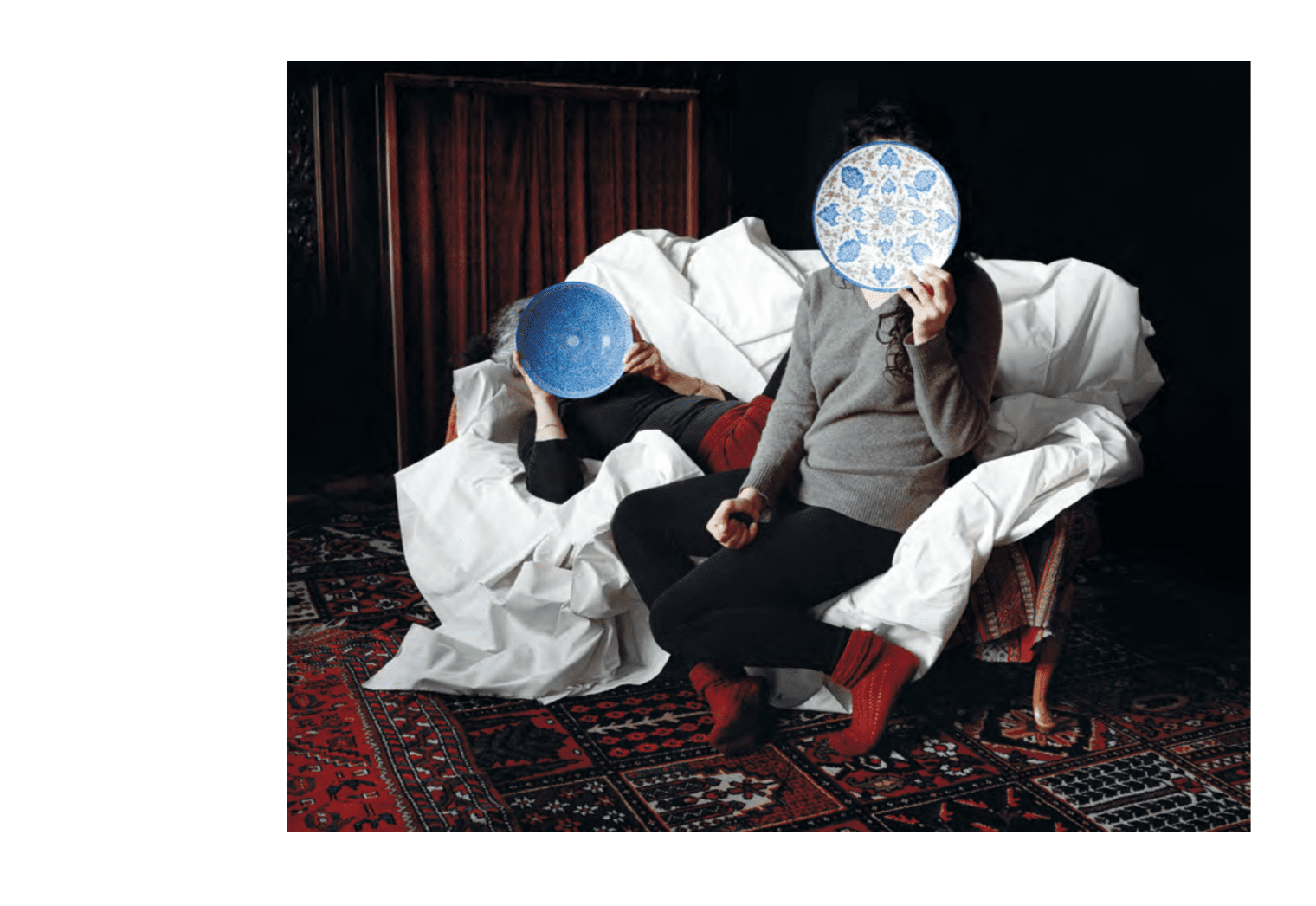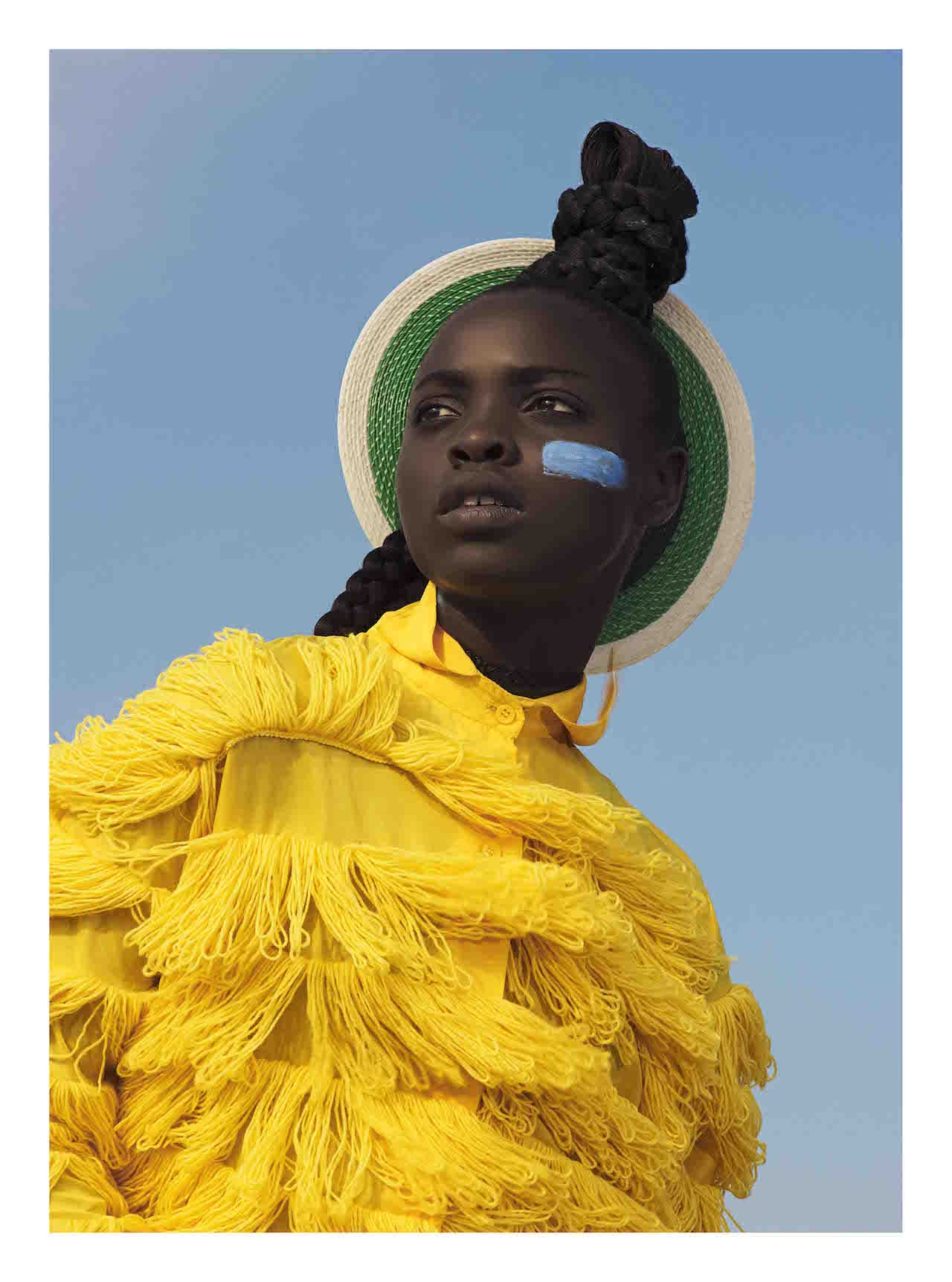The creation of a dummy is an integral process for any photographer with aims on…


Five contemporary Austrian photographers – Stefanie Moshammer, Thomas Albdorf, Hanna Putz, Klaus Pichler and Daniel Gebhart de Koekkoek – present work responding to the place they call home

It’s a prestigious prize, which earns the winner an exhibition at Photo London plus a photobook published by the well-regraded specialist MACK Books. This year it’s gone to Hayahisa Tomiyasu for his book dummy TTP. Shot from the window of his eighth-floor student flat in Leipzig, Germany, TTP shows a park with a ping pong table, shot at various times of day and in various seasons, and showing different protagonists each time. The table is used as a tischtennisplatte (table tennis table, as a sun lounger, as a climbing frame, as a skate obstacle, and as much more, and, states MACK Books “thanks to Tomiyasu’s sustained curiosity, we observe the habits, humour, and idiosyncrasies of human behaviour”.

ALMANAQUE opened in February 2016 in Mexico City, with a dedication to contemporary photography. The…

In 1935 Roy E. Stryker, head of the Information division of the Farm Security Administration (FSA), commissioned several photographers – including Walker Evans, Dorothea Lange and Russell Lee – to document America’s farm life and workers. The USA was in the throes of the Great Depression, and the scenes that the image-makers captured, from 1935-1944, created a damning and lasting vision of destitution. Lange’s 1936 portrait of the so-called Migrant Mother became a symbol of the plight of the impoverished itinerant farmers, for example – and, for Stryker, summed up his entire project at the FSA. “She has all the suffering of mankind in her but all of the perseverance too,” he reportedly said. “A restraint and a strange courage. You can see anything you want to in her. She is immortal.” As Stryker’s words suggest, he had a very particular vision of what he wanted to achieve with these photographs. Images that did not fit in with that vision were ruthlessly “killed” – rendered unpublishable by having a hole punched through the negative. Thousands of photographs were defaced in this way, in an act of censorship that has since been described as vandalism.

Roland Barthes’ tear-jerking account of his confrontation with his mother’s photograph captures the emotions that a picture of a loved one can evoke, and the significance of a family photograph. From early formal portraits of upper-class families shot in studios to contemporary snaps, images have welded families together under the premise of memory. But with private pictures now becoming more public, family photographs are evolving in the way we document our histories. Rie Yamada’s family photographs take it a step further: instead of documenting her nearest and dearest, in her series Familie werden (which translates as Become a family), the photographer plays every relative herself, highlighting gender stereotypes and social archetypes with a good dose of hilarity and absurdity.

For Léonie Hampton, photography is a tool to connect with the present moment. “I use it to explore the experience of being in a place, and being in that moment in time,” she says. Most recently this approach inspired Mend, her project for the 2017 Rome Commission which will be on show at the Italian Cultural Institute as part of Photo London this week. “Rome is a great place to explore the idea of being in the present,” says Hampton, “because everywhere you go there are layers of time, visually and architecturally”.

Foam Talent returns to London, with an exhibition of forward-thinking photographers under the age of 35 including Alinka Echeverria (UK/Mexico), Weronika Gęsicka (Poland), Namsa Leuba (Switzerland/Guinea), Erik Madigan Heck (USA), Viacheslav Poliakov (Ukraine), Harit Srikhao (Thailand), and Vasantha Yogananthan (France). This year 1790 artists responded to Foam Fotografiemuseum Amsterdam’s annual talent call, and the 20 selected photographers were picked out for their experimental approaches to the medium. The new generation of artists explore a variety of subjects, says Foam, including several photographers openly denouncing the totalitarian regimes of their countries.